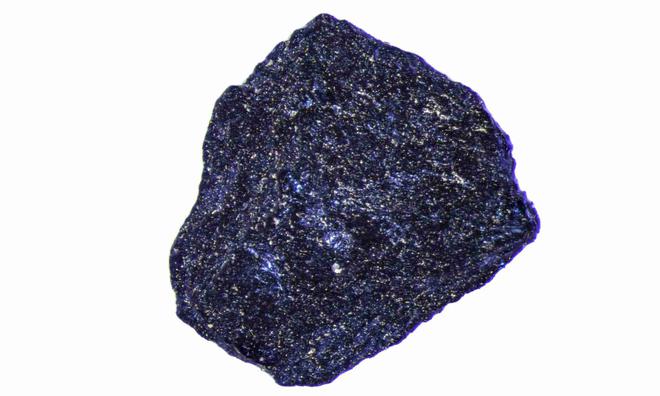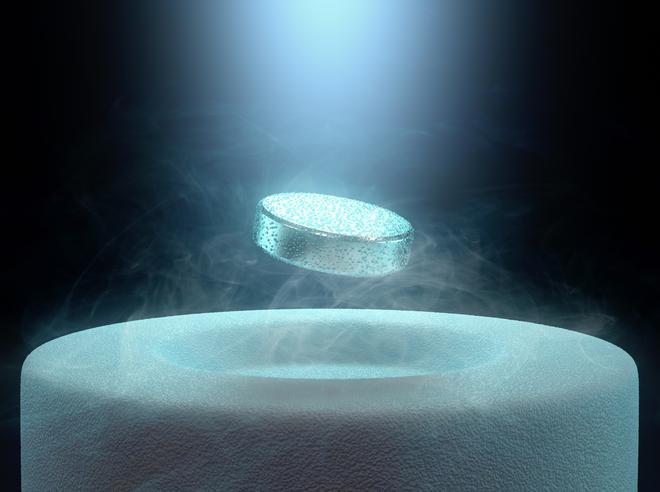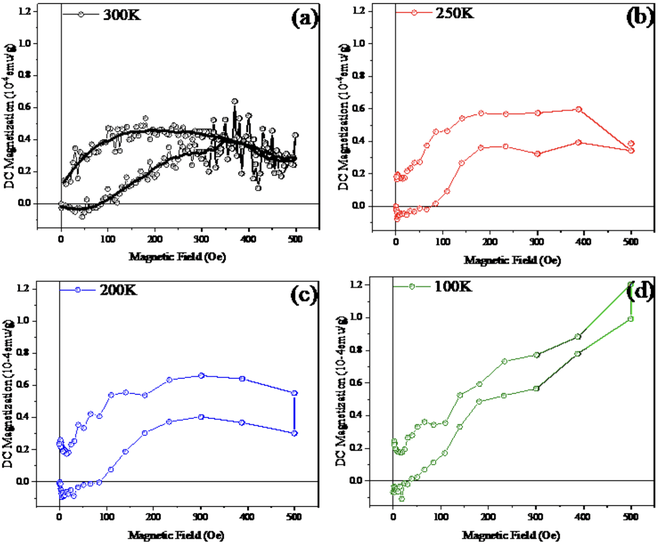A group of scientists affiliated with research institutes in China and Japan have reported finding a sign of superconductivity in a material that was at the centre of a controversy last year over similar claims.
Their study is described in a preprint paper they uploaded to the internet on January 2. (A preprint is a paper the authors have finished writing and is yet to be peer-reviewed.)
While the study has already drawn some attention in the scientific community, the researchers who conducted it and others are proceeding with caution – some rooted in the superconductivity controversies that erupted last year and some in the study itself.
What is the Meissner effect?
The sign in question is called the Meissner effect. It is one of a few ‘effects’ certain materials exhibit when they’re able to conduct electric currents without any resistance – i.e. when they become superconductors. The researchers have reported in their paper that they observed the Meissner effect in a compound called copper-substituted lead apatite.

Scientists know many types of materials that become superconducting in different conditions – metals, metallic compounds, ceramics, hydrides, etc. They all have one thing in common: they become superconducting either when they’re cooled to extremely low temperatures or when they’re subjected to extremely high pressures.
Many scientists are looking for a material that becomes superconducting at room temperature and pressure (RTP). Aside from scientific curiosity, such a material would have applications worth several billion dollars. It could be used to make wires that transport electricity with zero loss; such transmission losses are the largest source of electric energy loss in the world today.
The material will also have uses in medical diagnostics, computing, power generation, advanced electronic circuits, and many other fields. For example, the water-absorbing properties of modern diapers were first tested with particle accelerators, which use superconducting magnets to work.
How has hype influenced science?
Unfortunately, these lucrative opportunities have had a knock-back effect on scientists’ search for an RTP superconductor. Discovering such a thing would make a scientist instantly famous, the recipient of many coveted awards, and very rich. But these incentives have also encouraged some to rush their findings.
There were multiple superconductor-related controversies in 2023. One set was centred on the University of Rochester physicist Ranga Dias, who reported limited evidence of superconductivity in lutetium hydride in March, only for his coauthors to later ask for the study to be retracted. In August, a journal retracted another paper of a study led by Dr. Dias, reporting superconductivity in manganese sulphide, for faulty data.
Another set focused on a material called LK-99 that, a South Korean research group claimed, was an RTP superconductor. Independent studies soon found that when LK-99 was prepared the way the South Korean group had indicated (albeit not clearly), it didn’t become a superconductor. Instead, it acquired an impurity whose presence the group hadn’t accounted for, and which distorted measurements of the material’s heat capacity and magnetism in a way an actual superconductor would have, misleading the scientists.
But before this became clear, a tsunami of hype about commercialising LK-99 inundated X and other social media platforms.
What did the new study report?
The authors of the new preprint paper may have wished to sidestep this hype because they’ve reported that their material may be an RTP superconductor.
Specifically, they have reported a sign of near-RTP superconductivity in LK-99, which is in fact copper-substituted lead apatite. According to their preprint paper, they continued to study the material even after other studies had failed to find signs of superconductivity because the latter tested specific claims made by the South Korean group.
Instead, the new group has said it synthesised LK-99 samples using a “state of the art” approach and tested it for some other signs of superconductivity.
In particular, the group looked for “hysteresis loop … in the [direct current] measurements”.
What are direct current measurements?
Say a material is inside a magnetic field and then the material’s physical conditions are changed such that it becomes a superconductor. As it transitions to its superconducting state, the material will expel any magnetic field in its bulk to the surface. This expulsion is called the Meissner effect.

The effect can only be observed if the electric current used to produce the magnetic field is a direct current (DC). If an alternating current is used, the magnetic field will constantly switch between two directions and the material won’t display the effect.
Scientists also know of two types of superconductors, depending on – among other things – how they respond to a magnetic field. If the magnetic field applied to a superconductor becomes too strong, the material will completely lose its superconducting state and allow the field to penetrate its body. These are type I superconductors.
In type II superconductors, when the magnetic field strength crosses a threshold, the extent of superconductivity inside the material will gradually drop until, at a higher second threshold, it vanishes completely.
How did the researchers do this?
In their study, the Chinese groups applied a slowly strengthening magnetic field to samples of LK-99 they had prepared in their labs – and then slowly took it away. They constantly checked the extent to which the material allowed the field to penetrate its bulk changed in this cycle. They also repeated this experiment at four temperatures: -173.15, -73.15, -23.15, and 26.85 degrees C.
This is the classic hysteresis experiment. When you apply an increasingly strong magnetic field to a suitable material, it becomes increasingly magnetised. When you slowly tune down the magnetic field, however, the material’s magnetisation doesn’t retrace its path downwards but takes a separate one. It’s like you go up a mountain in your car on one road, but when you’re asked to return, you take a different but parallel road.

The overall shape of the forward and backward path – called the hysteresis loop – combines the effects of temperature, the magnetic field, and the material’s magnetisation on the material’s properties. As a result, it contains information about the conditions in which the material switches in and out of its superconducting states.
Based on these tests, the researchers reported the LK-99 samples they prepared might have a critical temperature of around -23 degrees C – which can be said to be near room-temperature – and that may be exhibiting the Meissner effect at this temperature.
Since these samples don’t have to be pressurised for their alleged superconducting states to turn up, they can be said to be a near-RTP superconductor – or at least that’s the possibility that has drawn scientists’ attention to the study.
Do we have an RTP superconductor?
Based on the hysteresis loops, the researchers wrote in their paper, “we think there is still [a] great chance to observe room-temperature superconductivity” in (their version of) LK-99. It hasn’t been observed yet, however.
The researchers also acknowledged some problems in their tests. In their samples of the material, the portions that seemed to be superconducting were quite small. So the critical magnetic field strength – beyond which the material can’t superconduct – was also small. The higher this field is, the easier it is to probe the material’s properties.
Another problem was “interference from cuprous sulphide” in the researchers’ attempts to discern LK-99’s molecular structure using X-rays, and that “complete elimination of this interference remains challenging”.
“One has to identify the material that is producing the putative superconductivity and find synthesis techniques that will increase the fraction of [this] material, relative to other things like cuprous sulphide,” Vijay Shenoy, professor of physics at the Indian Institute of Science, Bengaluru, told The Hindu.
“A lot more effort might be needed to achieve this, if ever it exists.”







